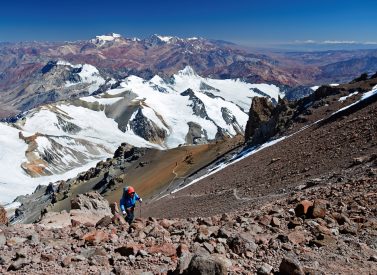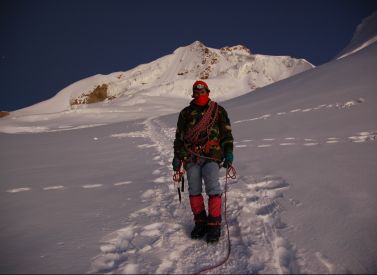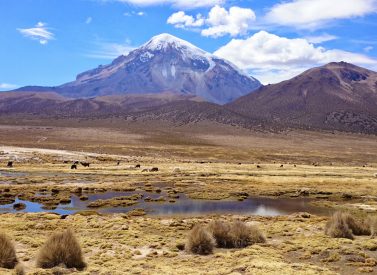
Aconcagua Normal Route
Summit Aconcagua via the normal route. Trek with professional guides to the top of South America’s highest mountain.
Aconcagua – the second highest of the Seven Summits at 6,962m (22,841ft) – is also known as the world’s highest hiking peak as it can be climbed without mountaineering experience.
This 20-day, normal route itinerary is designed to give you the best chance to summit Aconcagua.
There are well-placed rest and acclimatisation days to help you adapt as well as possible to the high altitude.
However, the itinerary is strenuous and a great challenge, albeit not technically demanding. It’s suitable for most adventurous people with a good level of physical fitness.
More on Aconcagua normal route trek
Typically, our ratio is one guide to 3 or 4 clients on Aconcagua, as the better the ratio the higher the chances of summit success for all.
Mules are used to transport food and climbing equipment to Plaza de Argentinas base camp, our comfortable base from where we ready ourselves.
Beyond base camp group members and guides carry their own equipment, as well as some of the communal camping gear and food, up and down the mountain.
You may also be called upon to assist guides in meal preparation. In the mountains, we camp using two-person mountain tents. In towns we use clean, comfortable hostels.
As well as this normal route, we have the 360 Traverse which takes in the whole Aconcagua mountain – walking up the beautiful Vacas Valley and descending down the shorter normal route path.
Find out more by reading Tom’s blog about the climb to the rooftop of the Americas plus some fascinating facts about the mountain.
Trip Highlights
Print Share Download as PDF-
Fully qualified, professional, local and bilingual mountain guides who have summited many times, with a ratio of one guide to every 3 to 4 clients.
-
Plenty of acclimatisation built in to give you the best chance to summit.
-
Two buffer days in case of poor weather on summit day.
-
Climb to the top of South America's highest peak, a fantastic achievement and great challenge.
-
Great food, equipment and briefings - ideal preparation for your summit push.
-
Hire extra porters to help lighten your loads.
The guides were quite simply outstanding. They really made the trip a wonderful experience. I felt they were absolutely part of the team and there was no ‘client/guide’ barrier whatsoever.
Professional and diligent throughout, and always good humoured and practical.
J Francis, Aconcagua
Full Itinerary
Day 1: Arrive Mendoza, transfer to hotel
Join the tour in Mendoza, where you will be met at the airport.
From your arrival in Mendoza on day one until departing Mendoza on day 20, an English-speaking guide will be on hand to provide information and iron out any problems.
We drive you to your hotel in a private vehicle and after you rest, you can meet the guide that will check your equipment. You can rent any extra kit required in Mendoza if needs be. Either this evening or tomorrow morning, we’ll sort out our Aconcagua climbing permits.
You have the chance to taste the delicious argentine “asado” (barbecued meat) and wonderful wines from Mendoza. There are numerous alternatives for those who do not drink wine or eat red meats. Dinner in Argentina is usually around 21.00
Afterwards, there is a group meal (not included, scheduled for about 21.00) where you can talk about the challenge ahead and get to know your trekking mates. (1 night hotel, no meals included)
Day 2: Travel to Penitentes (2,700m) (B,D)
Today it’s most likely that we’ll get the permits sorted.
Then, our van drives us and our kit to a small town on the way to the start of our expeditions, called Penitentes (2,700m/8,858ft).
Here we organise mule loads, and spend the night.
Day 3: Travel to Puente del Inca and trek to Confluencia (3,360m) (B,L,D)
After a night in Penitentes, we drive towards Chile, to the starting point of our trek, Puente del Inca (2,720m/8,924ft).
We leave our heavy kit for the mules to carry (up to 30kg per person) and set off for our first camp at Confluencia (4-5 hours, 3,500m/11,483ft).
A short hike through these inspiring landscapes will bring us to our strategically placed camp. There is a good view from here of the south face of Aconcagua, as well as a Park office and Red Cross post.
You’ll have access to your kit at Confluencia. You only need to carry a day backpack for the first few days.
Day 4: Acclimatisation trek, Plaza Francia (4,200m) (B,L,D)
We’ve included this day in order to aid acclimatisation.
Climbing up high and then returning to lower altitude helps your body to get used to the altitude.
We’ll trek for about 5 hours until we arrive Plaza Francia (4,200m/13,779ft), base camp of the impressive Aconcagua south wall. From here Aconcagua, the Stone Sentinel, appears more magnificent and intimidating than ever – we can see the entire South face.
This is one of the most dramatic spots of the expedition with a breathtaking first view of Aconcagua that you will never forget.
Day 5: Trek to Plaza del Mulas basecamp (4,250m) (B,L,D)
We set off from Confluencia to Plaza de Mulas (Base camp, 4,250m/13,944ft.)
Early morning we start our walk across “Playa Ancha” (meaning wide beach), a deserted and always windy valley. We slowly gain altitude up the Horcones Superior Valley. Towering, mineral-rich mountains provide a spectacular backdrop as we climb. There may be some small rivers to cross on the way, so be prepared to get your feet wet (and probably a bit cold!).
By the end of our day’s hike, after 8-9 hours walking, we reach Cuesta Brava, which means rugged slope. This is a very steep path which leads to Plaza de Mulas, our basecamp at 4,250m/13,944ft.
This is an important acclimatisation day, and, by the end of the day, most people will be able to feel the high altitude.
There is a hostel at base camp, and a clinic and helicopter landing pad (for evacuating injured and ill climbers). Plaza de Mulas is located on the moraine at the foot of the Horcones Glacier.
Note: This is the highest point to which the mules go. From here we carry all our own equipment (unless you hire a personal porter). There are some group porters who help us to carry the tents as we proceed up the mountain.
Day 6: Rest day, Plaza de Mulas basecamp (B,L,D)
Rest day at Plaza de Mulas.
We spend a minimum of 3 nights at base camp.
The first day in base camp is always a rest day and a good occasion to freshen up and explore the mountain’s foothills.
We work out how to divide the expedition that loads we need to carry up to the high camps (communal gear, fuel and food), always striving to keep pack weight down but ensure good acclimatisation.
Note: There are two buffer days available during this trek to allow for acclimatisation and poor weather.
Day 7: Acclimatisation trek up Mount Bonete (5,000m), basecamp (B,L,D)
We follow the climbing adage of walk high, sleep low, with this acclimatisation hike up nearby Mount Bonete.
This trek, daypacks only, really helps people to acclimatise well, but you can rest at Basecamp should you choose.
From the top of Mount Bonete, there is a spectacular view of the west face of Aconcagua.
Day 8: Rest day, Plaza de Mulas basecamp (B,L,D)
Rest day at base camp, relaxing and recharging energy.
Day 9: Carry food to camp 1 (4,900m), return to Plaza de Mulas basecamp (B,L,D)
Today is a mixture of logistics and acclimatisation, we carry a heavy load over easy terrain.
We load our packs with expedition food and fuel and carry from Plaza de Mulas to Plaza Canada camp, situated at 4,900m/16,076ft.
This gives us our first taste of what to expect at higher altitudes and with heavier loads.
We return to basecamp for the night, making sure we make the most of the comforts here.
Day 10: Rest day, Plaza de Mulas basecamp (B,L,D)
Rest day at base camp, relaxing and recharging energy.
Day 11: Trek basecamp to camp 1 (4,900m) (B,L,D)
Today we move to Camp I, Plaza Canada, and it’s the start of the push for the summit.
Prepare the backpacks load them up with everything we need, and for the summit attempt.
We leave the comforts of base camp and set up our tents at the Canada Camp, sleeping at 4,900m/16,076ft.
Day 12: Trek camp 1 to camp 2, Nido de Condores (5,400m) (B,L,D)
Today we continue our ascent, as far as our next Nido de Condores – Condor’s Nest.
We should be trekking for 5-6 hours today, and reaching the camp we know we are at 5,400m/17,717ft.
This is a superbly located high altitude camp, with 360 degree views of the surrounding high Andes of Chile and Argentina.
Day 13: Food carry camp 2 to camp 3 (6,000m), return to camp 2 (5,400m) (B,L,D)
Today we take another load of food and gear up up to camp 3, Cólera, at 6,000m/19,685ft.
We go slowly so we can help our bodies adapt to the altitude.
After dropping off the supplies that we’ll see soon, we drop back down and return to Camp 2 to sleep.
Day 14: Trek camp 2 to camp 3 (6,000m) (B,L,D)
Today we are going back to Cólera camp, camp 3, but this time to sleep and prepare for the summit push.
This is a four hour trek back up to 6,000m/19,685ft where we sleep.
The main aim on arrival is to do as little as possible in the thin mountain air, and conserve energy for the summit push tomorrow.
Day 15: Summit day (6,962m), return to camp 3 (6,000m) (B,L,D)
Summit day. We begin our climb very early, aiming to reach the summit by noon approximately.
The summit (6,962m/22,841ft) is reached after some 8-10 hours ascent from camp, and this is the toughest day of the trek.
The south face (3,000m/9,843ft) is directly below us as we climb the North Ridge to Independencia Refuge.
Then we ascend through the “Portezuelo del Viento”, climb “La Canaleta”, and then the “Filo del Guanaco” that finally leads us to the summit. The prize is waiting for us, a 360° view.
The last 200 metres of the climb are extremely strenuous because of loose scree and strong winds. We carry crampons with us in case there is hard snow on this section.
Once we reach the summit, there is time to get the camera out and get the all important picture before we head back down to the Cólera camp with success in our back pocket.
Note 1: The whole ascent is non-technical. The main difficulties are caused by altitude and, potentially, acute meteorological conditions. We will be very prudent in this regard. Certain signs (e.g. the presence of lenticular clouds, denoting strong winds and changing conditions) could mean abandoning ascent or turning back. There may be a variety of points of view within a group, but the guides’ decisions are always final.
Note 2: Above 6,400m/20,997ft hard snow is sometimes encountered (varies from year to year). It is when you encounter these conditions that the crampons (both step-in or strap-on are OK, depending on boot type & personal preference) and ice axe (walking axe – 60-75 cm long) come into their own.
Snow-covered areas tend to be short and intermittent (maybe 150m of crampon-wearing at a time) and gradients are typically around 30 degrees. Fixed ropes are not used, and you will rarely be roped up. If at any stage you are very tired or unsure of your footing, a guide may short-rope you (ropes are provided by us). The final 200m/656ft of ascent to the summit is on loose scree and is very tiring but not in itself dangerous.
Crampons and ice axe may only be used for one day on Aconcagua.
Days 16-17: Buffer days (B,L,D)
Buffer days. These extra days are built in to provide the best possible conditions for summiting.
Note: Tour may end on Day 18 or 19 if no buffer days are used. Extra nights’ hotel and meals in Mendoza not included.
Day 18: Trek camp 3 to Plaza de Mulas basecamp (4,250m) (B,L,D)
Return to Base Camp. A celebratory dinner for all back in the comforts of the basecamp.
Day 19: Trek out to Penitentes, transfer to Mendoza, hotel (B,L)
We have breakfast and then start the descent from Plaza de Mulas to Penitentes.
Our private transport is waiting to take us back to the hotel in Mendoza.
Day 20: Tour ends (B)
The end of our tour – continue your travels or transfer out to the airport.
Prices From $4,700 / £3,821 per person
What's Included?
Professional mountain guides and assistants, assistance buying climbing permit, radio communication, GPS, tents, cooking equipment and utensils, mountain equipment (ropes, harnesses, carabiners, maps, compass etc), crampons and technical equipment, arrival transfer airport-Mendoza, accommodation and meals as indicated (shared room/tent basis), trek drinking water (hot and cold), mules to carry personal kit in-out to and from Penitentes and Base Camp, dining dome and toilets at base camp, free Internet and device charging at base camp, free hot shower at base camp, porters to carry communal equipment (not personal kit).
What's Not Included?
Any flights, personal equipment, tips, extra nights required, permit fee (USD 800 high season/USD 582 med/low season (approx.), services not mentioned in this program, alcoholic/soft drinks, insurance, transfer out to airport at end of trek, any extra nights’ hotel in Mendoza or Penitentes
Accommodation
In Mendoza, you spend two nights in a three star hotel in the city centre.
In Penitentes, you spend on night at the Ayelen Hotel, which is more like a hostal type establishment.
On the mountain, you use a top quality, high altitude mountain tent. The tent could be mixed gender basis, each trekker carrying 3kg (half) of the shared tent.
Price above based on shared room and tent (could be mixed gender) basis, each trekker carrying 3kg (half) of the shared tent.
If you choose a single room and single tent (extra cost), you carry all parts of your own tent, which could be up to 4-6kg. We have a limited supply of 4kg tents.
If you choose this single basis and want help carrying your tent, you need to hire a porter (will carry up to 20kg).
Tour Staff
We use professional, experienced and highly qualified bilingual, local guides.
They have all required with qualifications/training:
- Provincial School for Mountain and Trekking Guides (EPGAMT),the only school that specialises in Aconcagua
- Accredited by the Argentine Association for Mountain Guides (AAGM)
- Members of the Professional Mountain and Trekking Guides Association (AGPMT).
Some of the guides also have their licences from the IFMGA.
Meals
Almost all meals are included in our Aconcagua tours. We can cater for almost all dietary requirements – please ask in advance.
Base camp
At base camp, your meals are prepared and served to you in a fully-equipped dining tent.
Meals are prepared daily by cooks at basecamps and lower levels, where burning fuel and getting ingredients is much easier.
Breakfast will be a mix of hot drinks, cereals, fruits and toast with jams. Lunches will be either sandwiches or meat and cheese with crackers, with fruits etc. available on trips from basecamps.
Basecamp meals are large and feature bread, vegetables, meats and hot drinks. Offerings include fresh fruit, meat, chicken, vegetables, fresh eggs, bread and crackers.
Higher camps
Further up the mountain in camps 1-3, your guide and assistant bring you breakfast to your tent, usually a hot drink (this may not be possible at higher camps), crackers and cakes.
After breakfast, packs are prepared and your guide explains the day’s walk, and you typically walk 3-4 hours in the morning before lunch, with a short or break or two en route.
Lunch, while out walking, will be either sandwiches or meat and cheese with crackers.
At the higher camps, guides will cook rice and pasta dishes for evening meals. Extreme conditions mean meal choices, while plentiful and giving energy needed for the treks, are more limited.
Activity Level
Psychologically and climatically, Aconcagua can be likened to a small 8,000m/26,247ft peak, and merits utmost respect.
To maximise the chance of summit success, we plan acclimatisation rigorously. Our guides are experienced mountaineers and we typically employ one mountain guide to every three clients. Extreme altitude and climate (upper slopes are often buffeted by 65mph/100kph + winds and temperatures can reach -30°C) make it physically very tough.
Good preparation and suitable high mountain clothing are essential. Any previous wild camping and winter experience are a plus, but experience in crampon and ice axe use is not essential; a grounding is provided in the use of equipment.
Mules are used to transport food and climbing equipment to (and rubbish out from) the base camps on all the routes.
Group members and guides carry just a day sack to Base Camps, with mules carrying everything else. However, above these Base Camps, you carry all of your own equipment in a large backpack (15-25kg) up and down the mountain. Porters above base camp are available at extra cost.
To get the most out of this expedition you should be in very good physical condition. Aconcagua is a long and tiring climb. Grading the fitness level required for this expedition is a subjective matter, but we can safely classify it as very strenuous. We suggest you talk to your doctor if you are in any doubt as to your physical capability.
We will walk approximately five to eight hours per day (occasionally more), at times carrying personal luggage, plus some camping equipment, at high altitudes. The two climbs involve several ascents and descents (often long and steep). They also involve short periods on snow and ice.
You typically walk 3-4 hours in the morning before lunch, with a short or break or two en route.
After an hour or so for lunch – depending on weather conditions – you will continue your walk, usually 3-4 hours more, although some days are shorter or longer than others, and then relax before dinner at Basecamp. If you approaching a new campsite higher than basecamp, you will put your tents up while your guide readies your meal.
Practical Information
Introduction to Argentina
Argentina is a land of contrast.
Nothing states this better than the fact it features the highest point in the South America, Aconcagua, and the lowest, Salinas Chicas, 40m below sea level.
Its vastness – it is the eighth largest country in the world – and diversity are just part of the appeal. A fantastic culture of fine wine and dining sits alongside its adventurous and beautiful landscapes.
The local’s cheery disposition and fantastic word plays add to the enjoyment of being in this fascinating country.
The name Argentina derives from argentinos, the Ancient Greek diminutive (tinos) form for silver (argentos), which is what early Spanish explorers sought when they first reached the region in the sixteenth century.
There are distinct regions of Argentina, from the Andean culture of the North West to the rancho lifestyle of the plains of Patagonia to the eternally seductive Buenos Aires.
Porters, mules and weight to carry
For the approach to Confluencia and Plaza de Mulas (basecamp), mules carry up to 30kg of kit for you, so you trek with a daypack only.
Every evening you will have access to your mule-carried luggage.
There is no mule support once we leave basecamp in our push for the summit – you can leave any extra gear you don’t want to carry at Plaza de Mulas.
On this route, there are some ‘team’ porters who help to carry rubbish, waste and tents.
You have to help to carry communal kit (food, fuel etc) up to a maximum of 10kg, as well as your own personal gear meaning a load of around 20-25kg for you to carry. Your final backpack weight depends on how much person kit you carry up.
Hiring a porter
Some people (around half the group) will hire the services of a personal porter to help carry their kit. This helps you to conserve energy for the summit attempt.
Porters can carry 10kg or 20kg between basecamp and camp 3, the final camp. Porters do not carry between camp 3 and the summit.
They need to be booked in advance to guarantee availability.
The porter carries the equipment on the day the group is moving to the next camp. He does not go with you or set up tents or melt snow. He just takes your gear into his backpack and takes to the next camp, leaves it there and comes back to base camp.
Please contact us for more about porter prices.
Fitness - hard treks
In order to get the most out of a trek we classify as ‘hard‘, you should be in great physical condition and used to trekking, camping and heavy carries.
It is not easy to grade the fitness level required for any trek, since it is a subjective matter.
However, for treks classified as hard, expect to trek 7+ hours per day carrying a heavy back-pack (15-20kg), with several long ascents and descents.
Altitude
Being at altitude, especially in the tropics, is usually a pleasure as it isn’t so hot, there are few insects and the air is clear.
However, when gaining altitude, air pressure drops and the amount of oxygen reaching the lungs is reduced. Although we build plenty of acclimatisation time into our itineraries, certain ill-effects are possible. Nevertheless, all of these can be minimised or prevented if care is taken.
On reaching heights above 2,500m (approx. 8,200 ft), especially when ascent has been straight from sea level, heart pounding, mild headache and shortness of breath are normal, especially on exertion.
Acute mountain sickness (AMS) is a syndrome known locally as soroche, whose symptoms can include of bad headache, dizziness and nausea).
To avoid AMS, you should:
- Rest for a few hours on arrival at altitude and take it easy for the first couple of days. Note: you may feel fine on arrival and tempted to exert yourself as normal. Don’t be fooled: you might be benefiting from oxygen brought in your blood from sea level.
- Drink plenty of water to avoid dehydration (altitude is a diuretic). Coca tea (mate de coca) helps alleviate symptoms.
- Eat light meals, with high carbohydrate and low fat and protein content. Dine early, allowing digestion time pre-sleep.
- Avoid over-exposure to the strong highland sun (UV rays are very powerful) – especially in the early stages – making sure you wear a broad brimmed sunhat. Apply lip-salve to prevent chapped lips.
- Avoid or minimise consumption of cigarettes and alcohol. Avoid sleeping pills.
- If you do get AMS: Rest, take non-aspirin painkillers (for headache) and coca tea. Symptoms should subside after a day or two.
- Pregnant women, people with a history of heart, lung, kidney or blood disease or blood pressure problems, should consult their doctor before traveling to high altitude.
Kit list
Good kit is vital for every trip.
Book with Andean Trails and get 15% off Páramo’s fantastic ethical and high performance outdoor gear.
When planning for the extreme climatic conditions encountered on Aconcagua layering is the most practical and versatile clothing system. It’s worth remembering that our clothing keeps us warm by retaining and isolating the heat we ourselves create.
To best maintain body heat, several layers of lightweight, warm and quick-drying clothing are far more efficient than one or two thick layers. Layers should have the following qualities:
- Breathability (able to wick away the humidity produced by sweat);
- Isolation (able to keep in the warm air our body produces); and
- Impermeability (able to impede the passing of wind and water).
First (base) layer: This layer wicks the sweat away from our skin, thus helping keep the body dry and warm. To this end, synthetic fabrics such as polypropylene should be used.
Mid layers: These isolating layers should also be synthetic (e.g. the known polar linings such as polartec or windblock, which are light and insulate twice as well as wool). Very important layers for retaining body heat.
Outer layer / shell: Finally, the vital layer which protects us from climatic adversities. A breathable, wind-proof and waterproof anorak, such as Goretex.
Note that it’s our extremities that stand to suffer the most, and on Aconcagua the poorly-equipped mountaineer is at risk of becoming frostbitten. Hence, much thought should be given to deciding how best to protect hands, feet and head.
Give plenty of thought to kit selection, and try to keep weight down.
Below is a more detailed guide.
Feet
- 2 pairs synthetic inner socks (e.g. polypropylene, thermastat, coolmax)
- 5 pairs thick loop-stitch/wool socks for cold.
- Trekking boots – should be well broken-in, waterproof and provide good ankle support. Given the extreme conditions on Aconcagua, plastic mountaineering boots (e.g. Koflach) are also required. These are indispensable above Nido de Condores camp (see ‘TECHNICAL KIT’ below)
- Gaiters (1 pair).
- Trainers/Sandals For city-wear, evenings at lower camps & river crossings.
Legs
- Base layer leggings (1 pair).
- Thick fleece leggings (or salopettes) (1 pair).
- Goretex-type over-trousers (or salopettes) (1 pair).
- Trekking trousers (1 pair).
- Shorts – wear sparingly in early stages at altitude, as sun burns.
Body
- Thermal base layer shirts (2).
- Microfleece mid-layer shirt (1).
- Shirt/T-shirt 1 or 2 for lower altitudes. Long-sleeved, collared shirt protects against sun.
- Fleece jacket or similar (1).
- Warm jacket (down or synthetic). For camp and upper slopes.
- Waterproof Goretex-type jacket.
Head and neck
- Broad-brimmed sunhat, essential.
- Warm hat, fleece or wool. (N.B. Up to 30% of body heat can be lost through the head).
- Balaclava/full-face ski mask (1)
- Sunglasses with UV filter and nose and side-pieces.
- Ski goggles.
- Scarf for cold.
- Bandanna – to protect neck from strong sun.
Hands
For the extreme cold of Aconcagua, we recommend a 3-layer scheme:
- Light inner gloves (2 pairs) Polypropelene.
- Warm gloves (2 pairs) E.g. fleece.
- Outer waterproof gloves or mittens (1 pair)
- Mittens allow you to keep the fingers together, and better conserve heat (though they also make it difficult to perform certain tasks).
Technical kit
- Large backpack (80-90 litres). Comfortable and with waterproof lining or cover. For carrying loads high on Aconcagua, as well as for transportation of belongings by mule between lower camps.
- You will need another bag to store belongings left at Mendoza hotel during expedition.
- Daypack (at least 30 litres). Comfortable and with waterproof lining or cover.
- Plastic mountaineering boots (you can rent these in Mendoza at extra cost)
- Crampons, strap-on or step-in (can be rented in Mendoza)
- Walking ice axe (can be rented in Mendoza)
- Pair of telescopic trekking poles. (can be rented in Mendoza).
Other expedition kit
- Sleeping bag – a good warm bag (‘4-season’, minimum) and liner will be necessary for high-altitude camping.
- Sleeping mat, a foam mat is provided
- Water bottle (2 litres approx).
- Pee bottle.
- Personal first-aid kit to include: painkillers, plasters (band-aids), moleskin, anti-biotic cream, general antibiotics (ask your GP), after-bite (tiger balm), anti-diarrhoea tablets, throat lozenges, re-hydration salts & personal medication.
- Towel & wash-kit.
- Wet Wipes/antiseptic hand-wash cream.
- Sunscreen (factor 40+) and lip salve.
- Head-lamp (Plus spare bulb and batteries).
- Penknife.
- Thermos flask (1 litre) Stainless steel.
- Alarm clock.
- Plastic bags ‘Zip-loc’ & tough bin liners.
- Camera and film / memory cards (take at least twice the amount you think you will need!).
- Book, e-book, mp3 player/ipod or other for free time.
- Binoculars.
- Spanish/English phrasebook.
- Extra snacks i.e. cereal bars or favourite chocolate bars.
All other non-personal trekking and camping equipment is provided, but please bring plastic plate, cup and cutlery.
ATOL holiday protection
Andean Trails has 25 years of experience of putting together the best South America holidays.
We pay a fee to the CAA for every licensable passenger we book since we hold an Air Travel Organiser’s Licence granted by the Civil Aviation Authority. In the unlikely event of our insolvency, the CAA will ensure that you are not stranded abroad and will arrange to refund any money you have paid to us for an advance booking.
We also offer ATOL (Civil Aviation Authority) protected holidays to give our customers peace of mind when booking and travelling.
When you buy an ATOL protected air holiday package from Andean Trails Ltd you will receive a Confirmation Invoice from us confirming your arrangements and your protection under our Air Travel Organiser’s Licence number 6275.
You can read more about ATOL, who is covered and what protections you have if not ATOL-covered, on our ATOL page.
What is ATOL?
The CAA’s ATOL scheme offers protection to your money and your holiday if you book with us. Not everybody is covered (see ‘Who is covered?’ for more), as you must purchase an ‘air package holiday’ with Andean Trails to be protected.
And ‘air package holiday’ is defined as including a flight and some ground services (hotel, transfer, trek etc). This is also known as an ‘ATOL-protected holiday’.
Who is covered?
To be covered by ATOL, you must book a flight and some ground services with us and be from the UK. If you are from the UK and only book ground services and no flights, you are not covered by ATOL (see below for more on how non-ATOL clients are covered).
If you are outside the UK and buy flights with us, you will be ATOL protected IF any of the flights booked with Andean Trails touches/stops in the UK at any point during your holiday package booked with us.
If you buy your flights elsewhere, please check with that agent if you are ATOL protected. Be careful with online flight purchases and make sure you know what protection you have, if any, before paying for flights.
Not all holiday or travel services offered and sold by us will be protected by the ATOL scheme. Please ask us to confirm what protection may apply to your booking.
For land only holidays not involving any air travel, in accordance with “The Package Travel, Package Holidays and Package Tours Regulations 1992”, all UK passengers booking with Andean Trails Ltd. are fully protected for the initial deposit and subsequently the balance of all money paid to us, arising from cancellation or curtailment of travel arrangements due to the insolvency of Andean Trails.
I’m not ATOL covered, what protection do I have?
If you are not ATOL covered, any payments you make to us go to a Trust account.
We can only access this money once your tour has been completed, meaning that if anything happens to Andean Trails Limited while you are on holiday, then your money is secure and you can either complete the trip or be able to make it home.
If you pay for your holiday with a credit card, some offer payment protection – please check with your cardholder.
You also should have cancellation protection written into your insurance (which we recommend you have at the time of booking) in case you need to cancel.
Available Dates
23rd Nov 2025 - From $4700 / £3821.1
Shared tent and room basis.Available November to February, different routes, 18-20 days.
Shorter routes possible if acclimatised.
Please ask for details.
30th Nov 2025 - From $4700 / £3821.1
Shared tent and room basis.Available November to February, different routes, 18-20 days.
Shorter routes possible if acclimatised.
Please ask for details.
08th Dec 2025 - From $4700 / £3821.1
Shared tent and room basis.Available November to February, different routes, 18-20 days.
Shorter routes possible if acclimatised.
Please ask for details.
14th Dec 2025 - From $4700 / £3821.1
Shared tent and room basis.Available November to February, different routes, 18-20 days.
Shorter routes possible if acclimatised.
Please ask for details.
21st Dec 2025 - From $4700 / £3821.1
Shared tent and room basis.Available November to February, different routes, 18-20 days.
Shorter routes possible if acclimatised.
Please ask for details.
28th Dec 2025 - From $4700 / £3821.1
Shared tent and room basis.Available November to February, different routes, 18-20 days.
Shorter routes possible if acclimatised.
Please ask for details.
04th Jan 2026 - From $4700 / £3821.1
Shared tent and room basis.Available November to February, different routes, 18-20 days.
Shorter routes possible if acclimatised.
Please ask for details.
11th Jan 2026 - From $4700 / £3821.1
Shared tent and room basis.Available November to February, different routes, 18-20 days.
Shorter routes possible if acclimatised.
Please ask for details.
18th Jan 2026 - From $4700 / £3821.1
Shared tent and room basis.Available November to February, different routes, 18-20 days.
Shorter routes possible if acclimatised.
Please ask for details.
23rd Jan 2026 - From $4700 / £3821.1
Shared tent and room basis.Available November to February, different routes, 18-20 days.
Shorter routes possible if acclimatised.
Please ask for details.
01st Feb 2026 - From $4700 / £3821.1
Shared tent and room basis.Available November to February, different routes, 18-20 days.
Shorter routes possible if acclimatised.
Please ask for details.
08th Feb 2026 - From $4700 / £3821.1
Shared tent and room basis.Available November to February, different routes, 18-20 days.
Shorter routes possible if acclimatised.
Please ask for details.
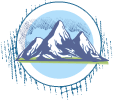
Dates & Prices
Select an available date to view pricing and information for that particular trip.
Shared tent and room basis.
Available November to February, different routes, 18-20 days.
Shorter routes possible if acclimatised.
Please ask for details.
Can’t find what you’re looking for? Get in Touch
+44 (0)131 378 5593
+44 (0)131 554 6025



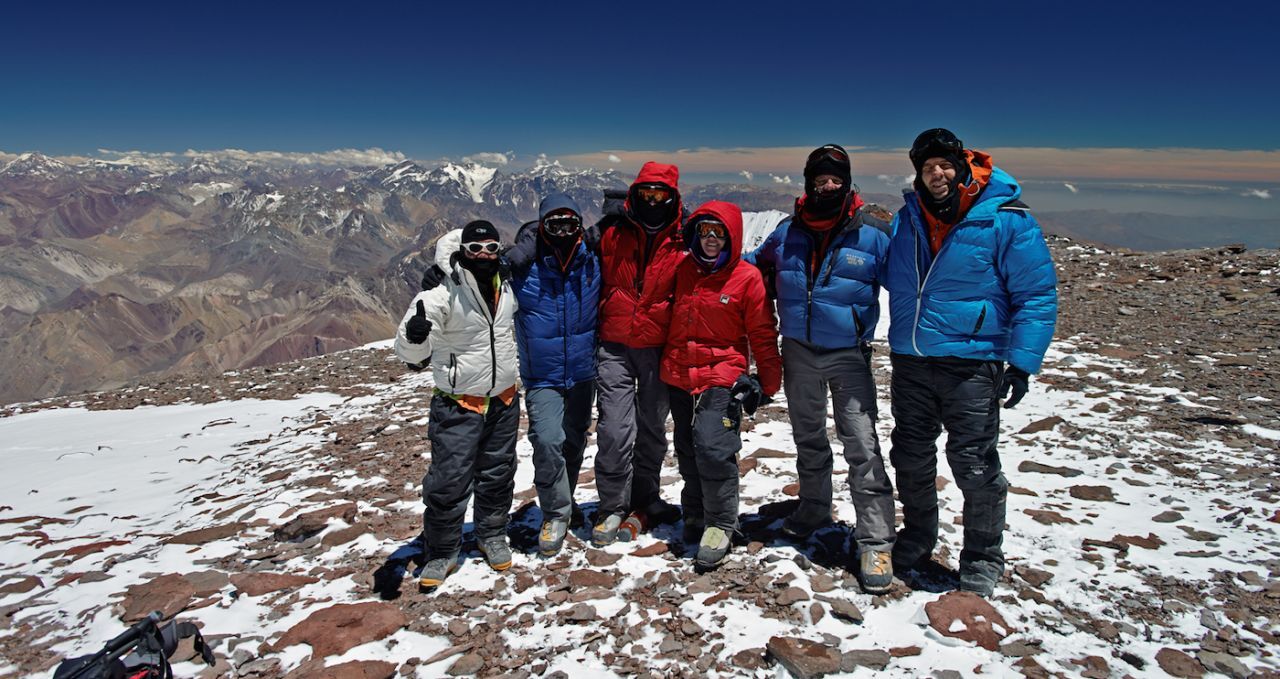
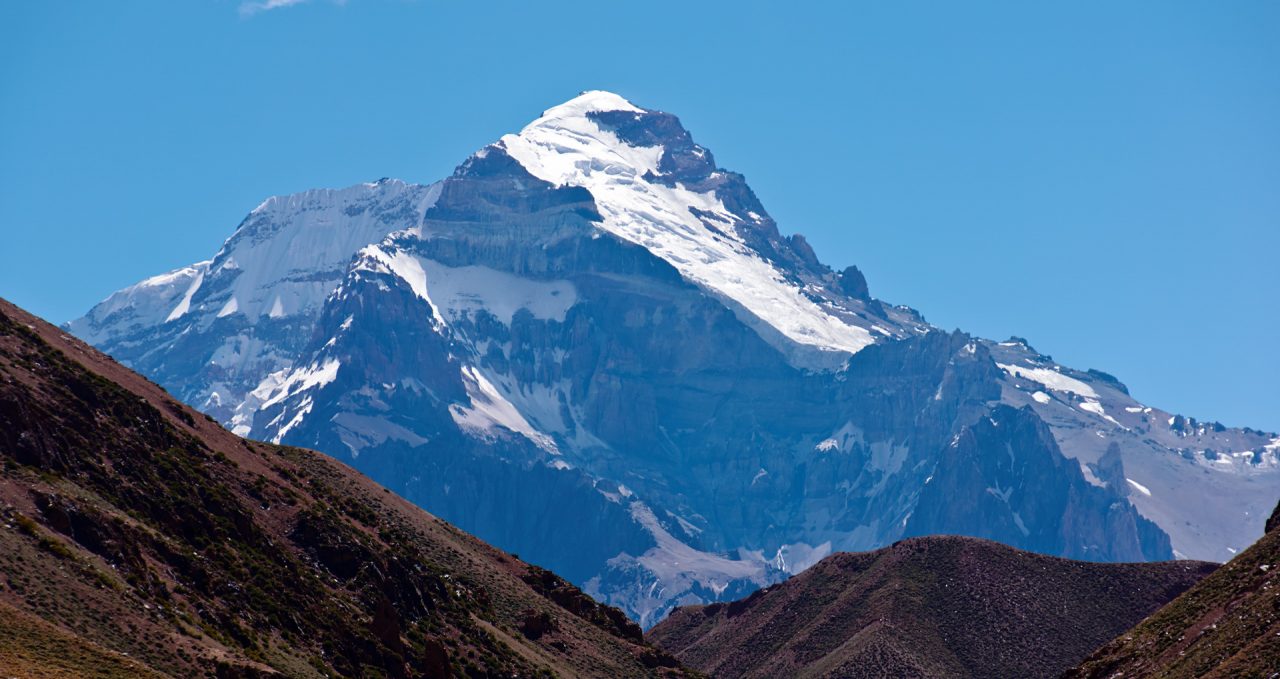
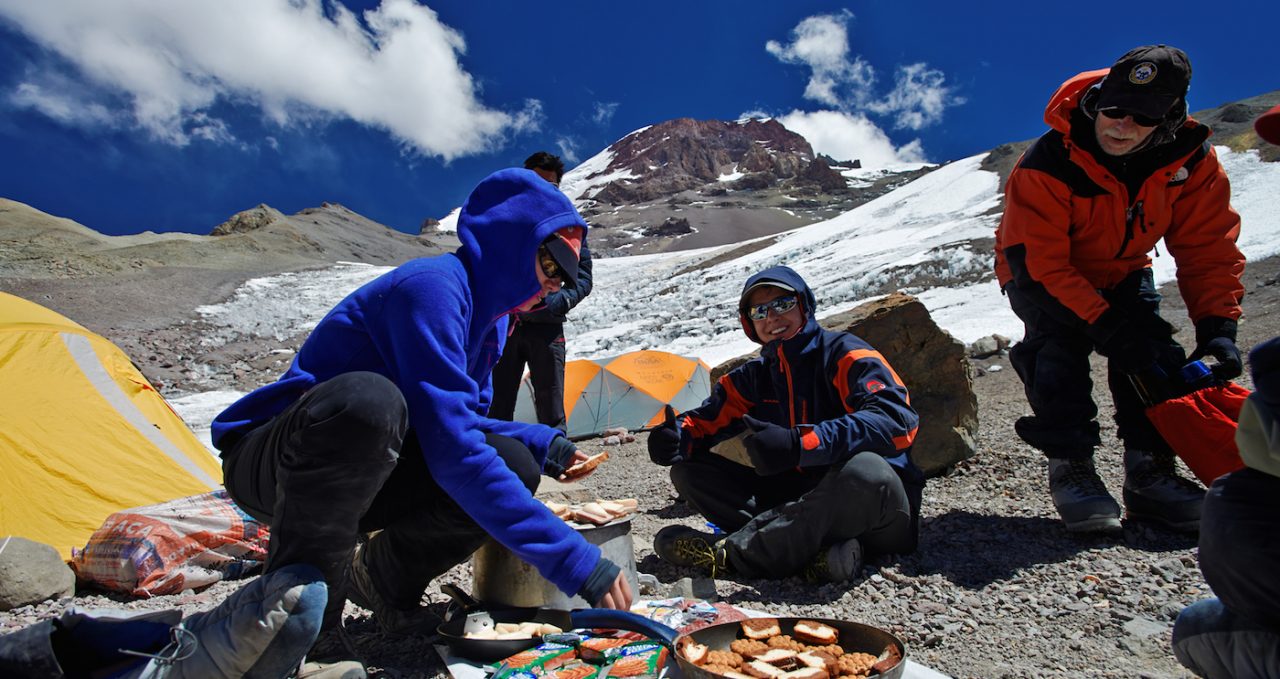
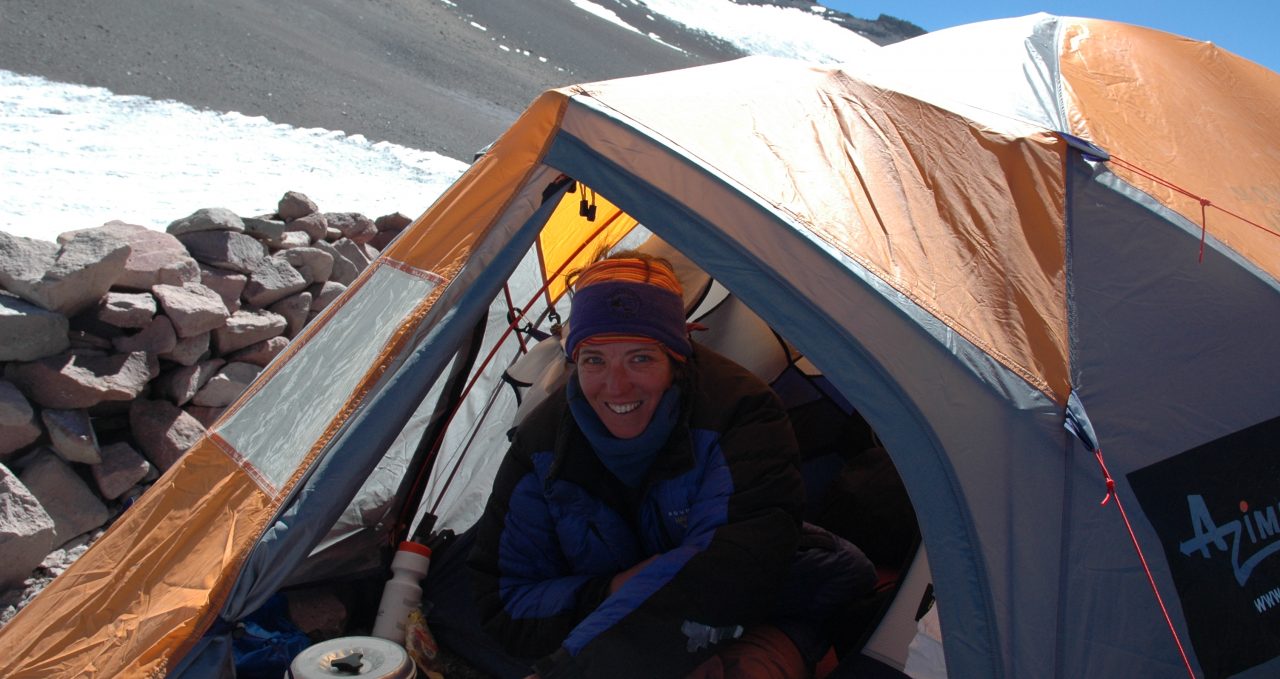
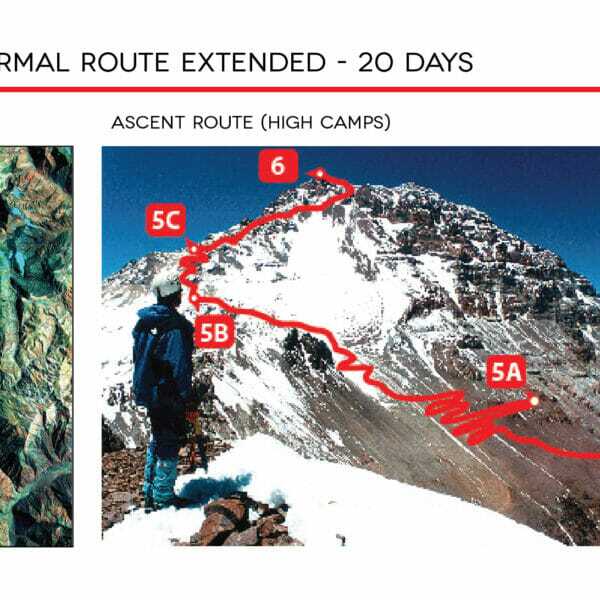
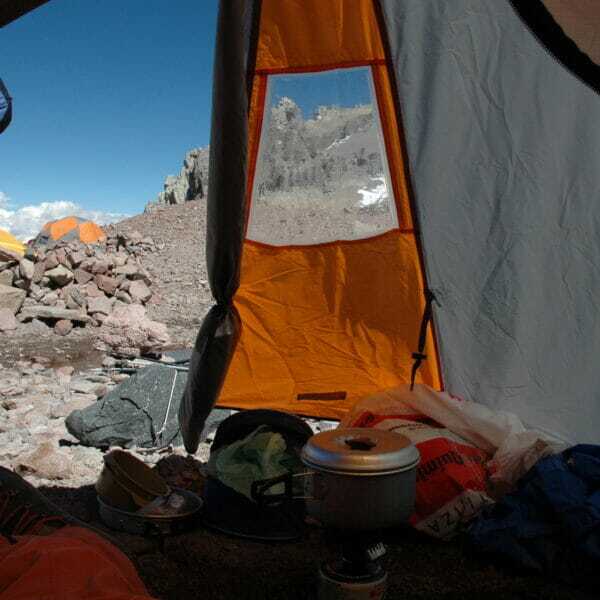
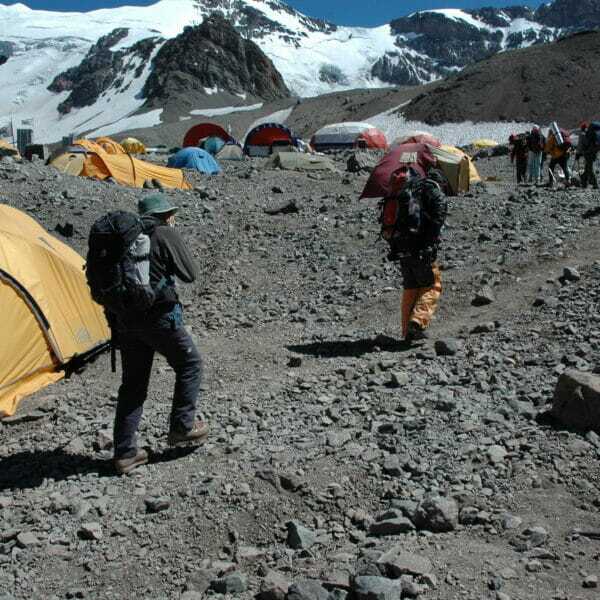
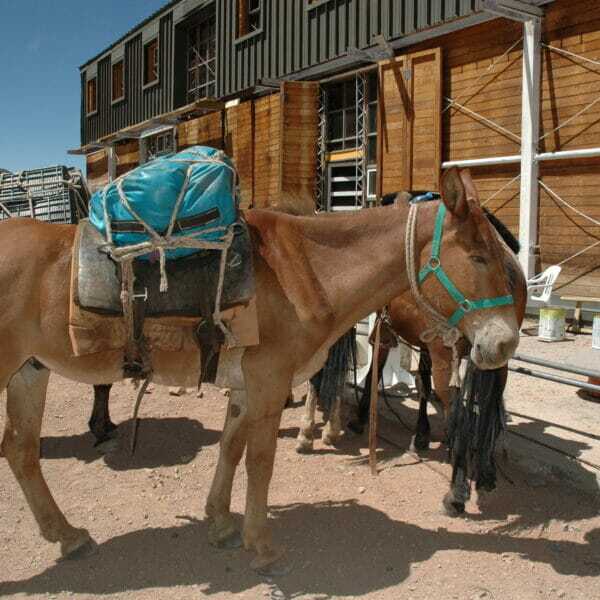
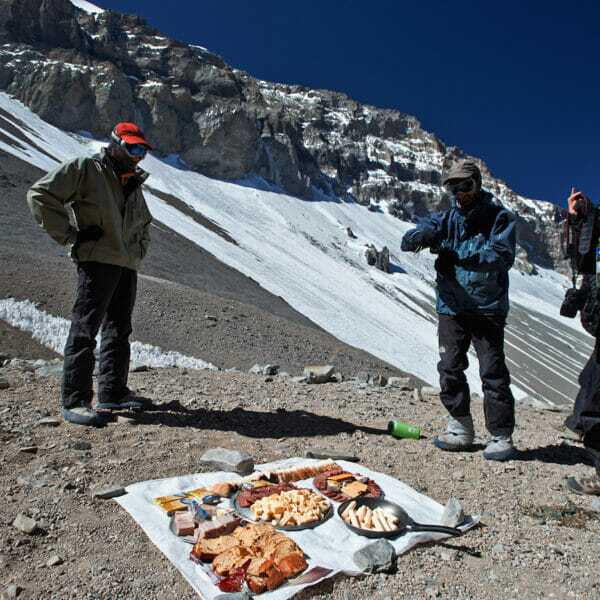
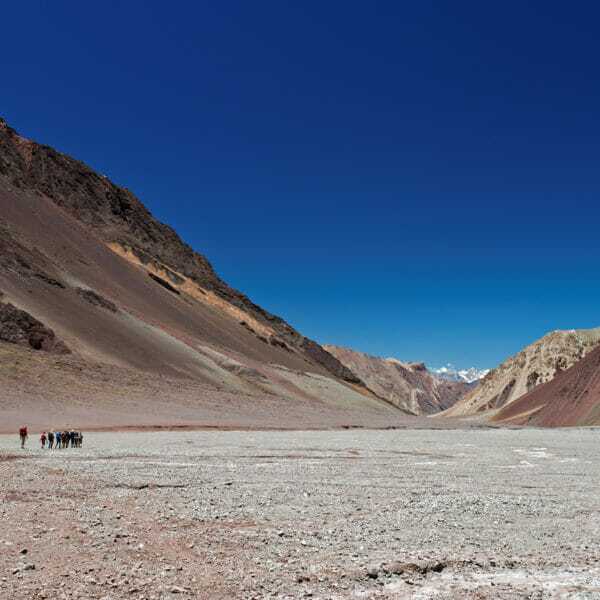
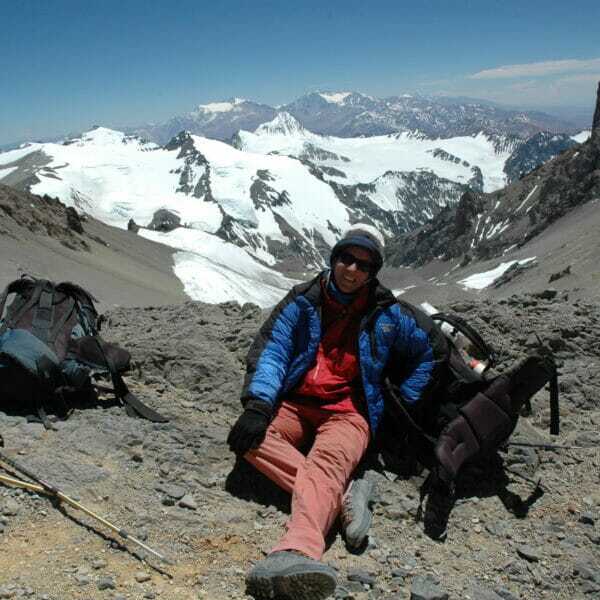
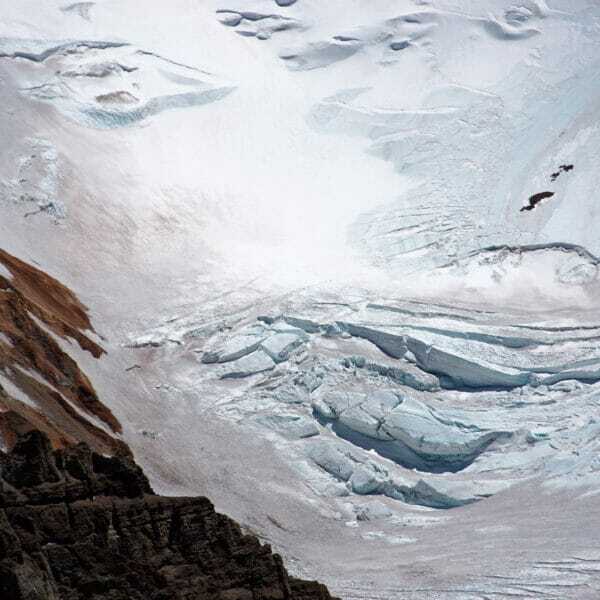
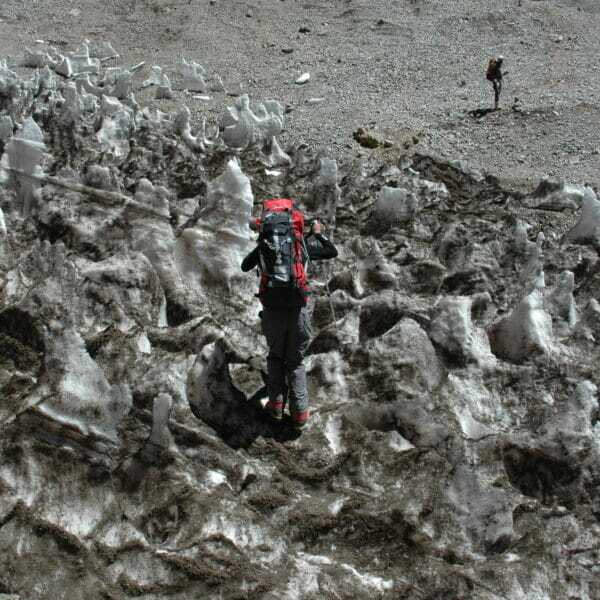
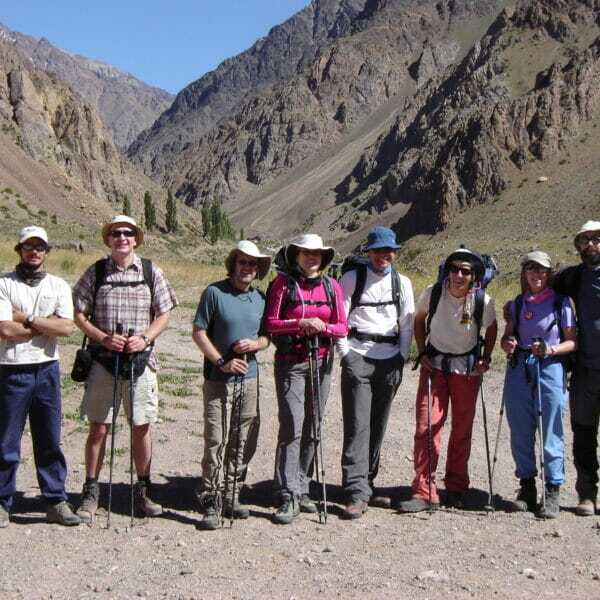
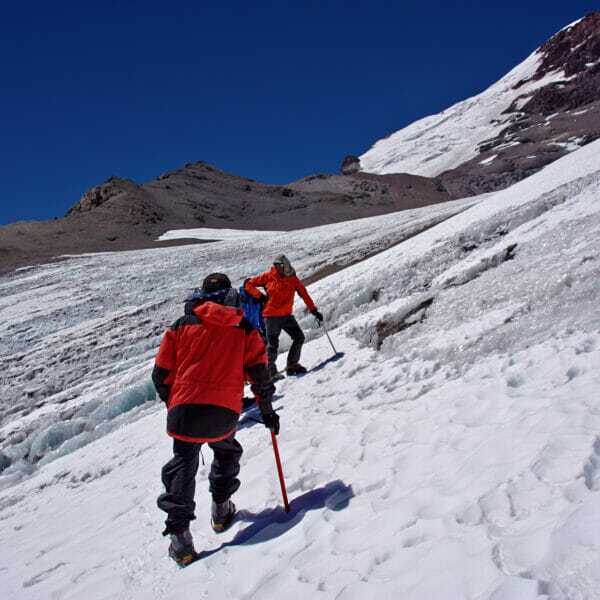

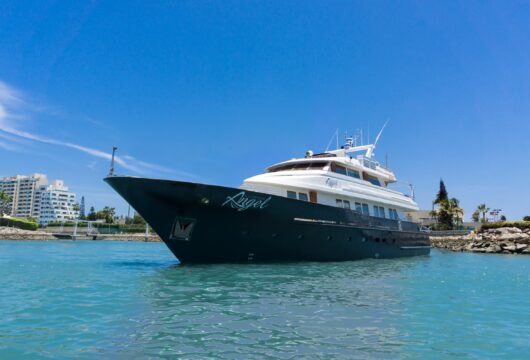
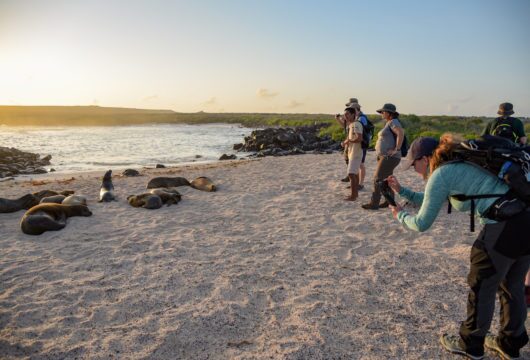
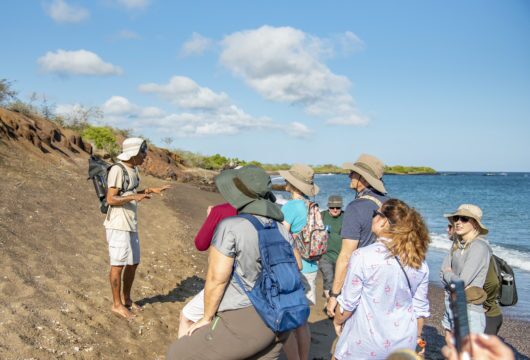
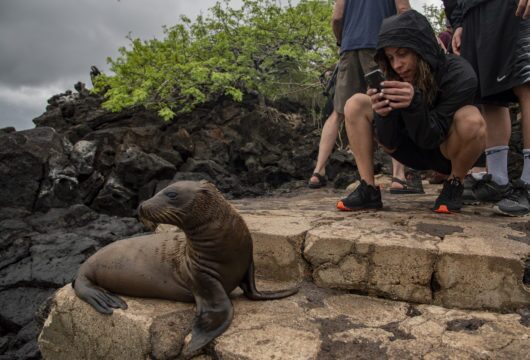
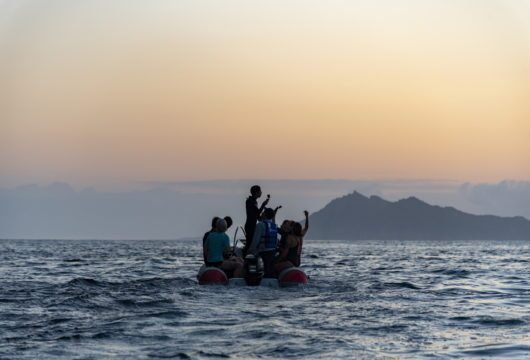
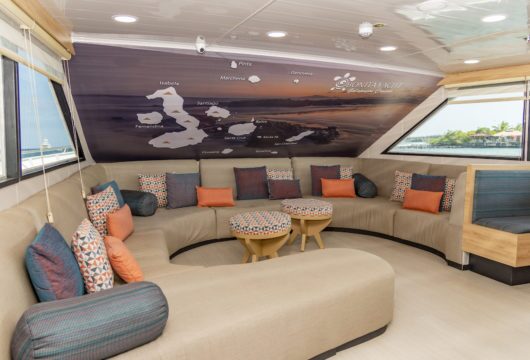
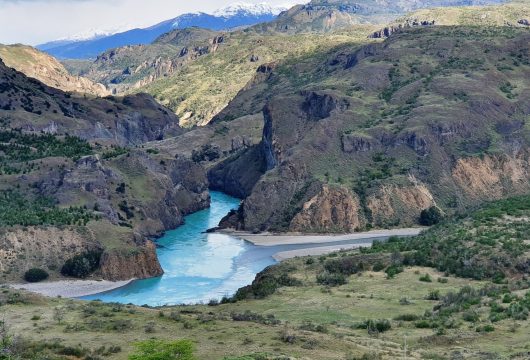
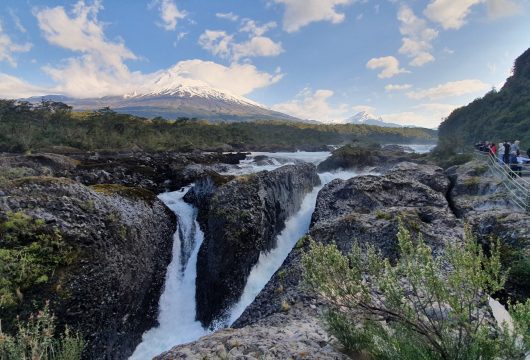
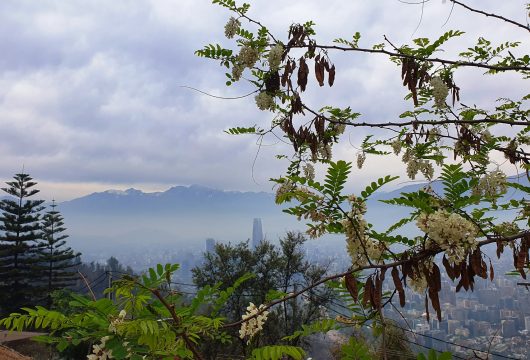
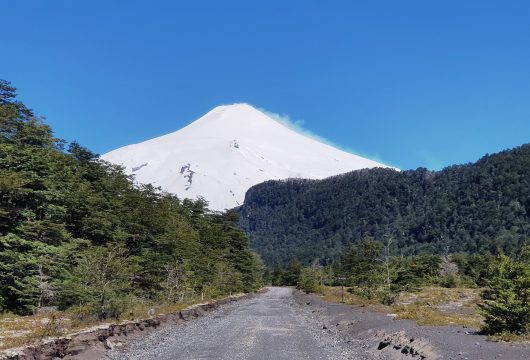
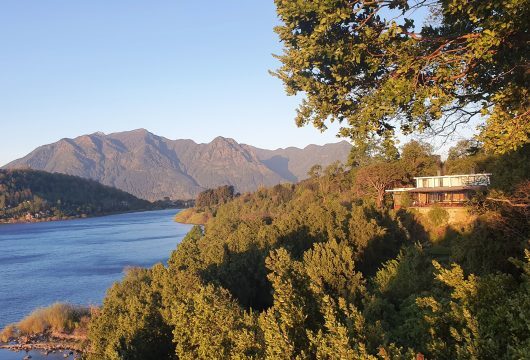
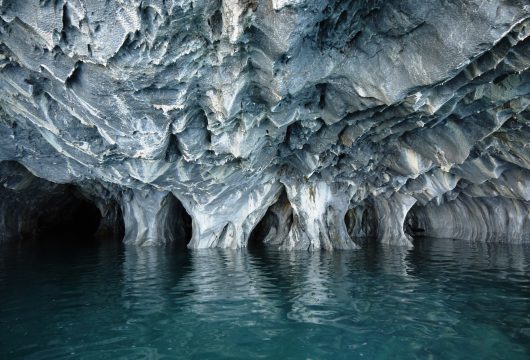
 a Tailor Made Tour
a Tailor Made Tour 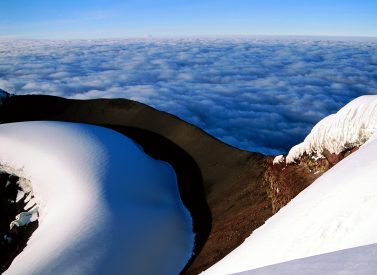
 a Group Tour
a Group Tour 